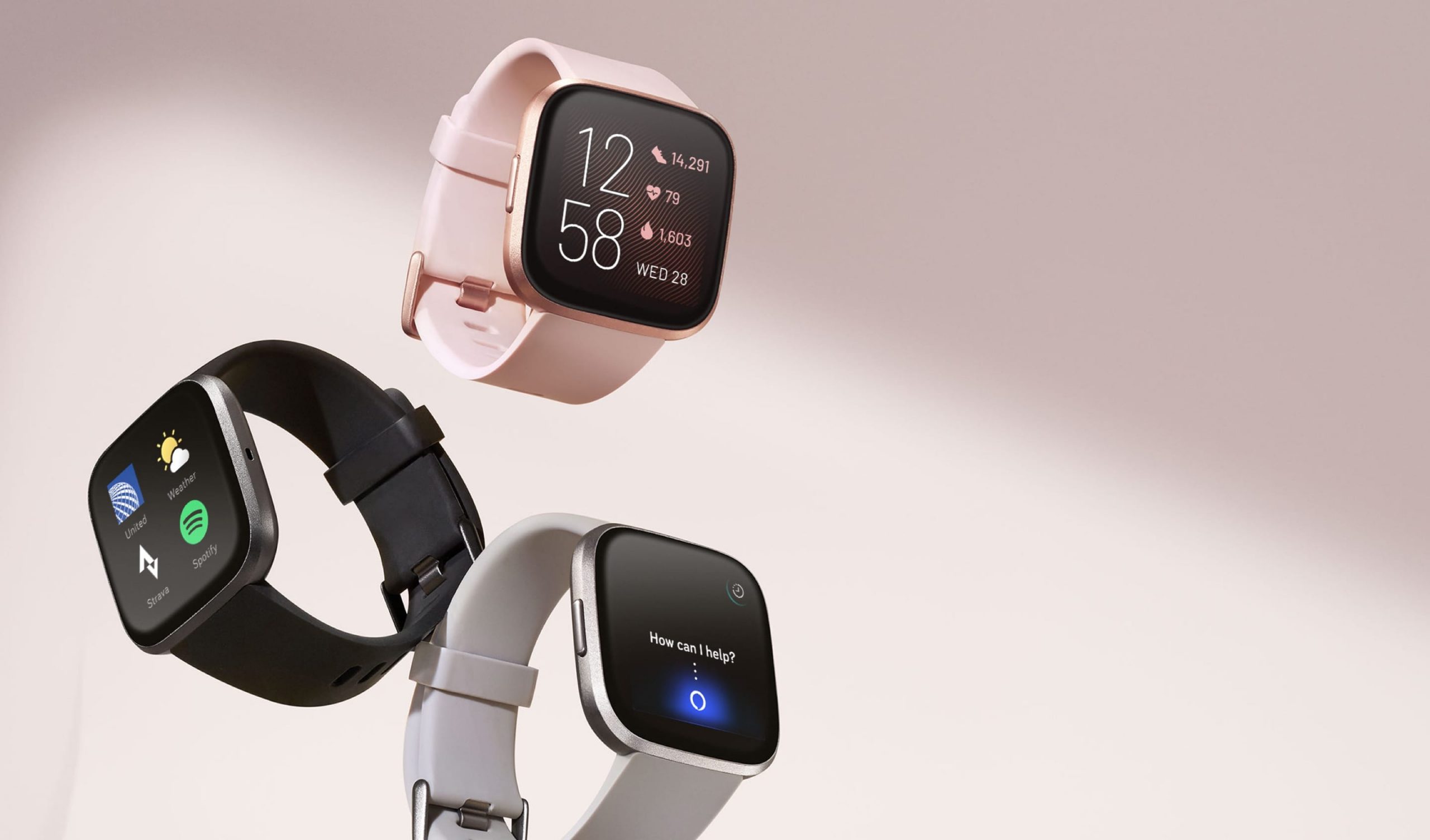The bells and whistles include Fitbit Pay, Spotify controls, all-day heart rate monitoring, and a 5+ day battery life.
Wait, Fitbit Pay? That’s a virtual wallet built into the watch, which allows credit cards to be linked and loaded. I didn’t believe it, but tried it: when presented with a credit card machine with tap-and-pay functionality, I opened the wallet, and tapped the phone. I was as surprised as the merchant when the payment went through instantly.
That is the most significant clue that the Versa 2 has moved dramatically beyond basic fitness and watch functionality. This is partly thanks to Fitbit making major changes to its operating system. The Versa comes with Fitbit OS 4 out of the box, which provides a vast set of features, like viewing and scrolling through long messages, handling quick replies from the watch and voice control.
The Alexa voice control feature is useful for quick conversions between, for example, pounds and grams while cooking, finding out the exchange rate between the Rand and the Dollar, and even controlling the lights in a smart home.
If upgrading from Fitbit Versa 1, which ran Fitbit OS 2, you immediately find that the apps are much snappier, making it less and less necessary to bring out your phone to get things done. From changing a song on Spotify to ordering a ride on Uber to tracking a run with Strava, the Versa 2 has become an interface to the smart world.
Deezer subscribers can save up to 300 songs directly on the device, which allows one to pair Bluetooth earphones directly to the Versa for a “no-phone” exercise experience. The open nature of Fitbit OS’s app market allows for other streaming platforms to develop apps for the smartwatches.
Visit the next page to read about the life-changing features of the Versa 2.
Pages: 1 2 3 4



















